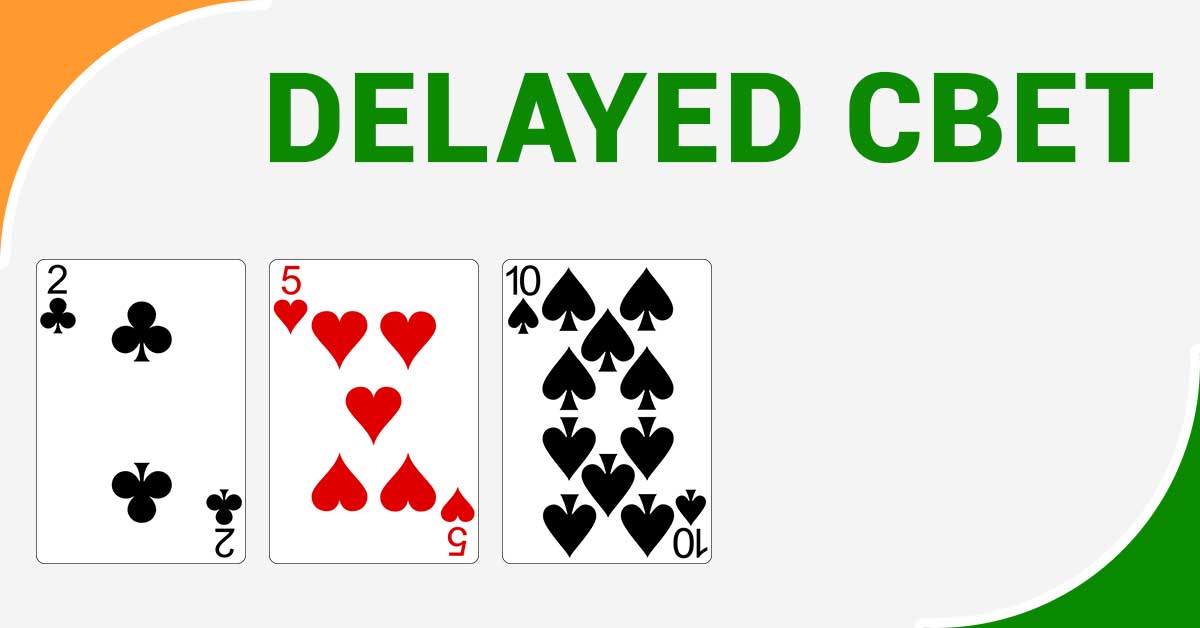In the previous articles it has been discussed the basic strategy for a successful cbet and the opportunities within a double barrel on the flop and cbet on the turn. The last topic yet to be covered is an advanced strategy regarding when to delay the continuation bet, both for value and in bluff.
Contents
Delayed continuation bet: how it works
Despite it’s not much complicated to understand there are many variants depending on various factors. Generally speaking, a delayed cbet is continuation bet made on the turn instead of on the flop.
E.g. You raise preflop on the BTN with AT and your opponent calls. The flop falls A83, he checks and you decide to check back.
Why is this move profitable? There are several reasons:
- your opponent might have missed a piece on this dry flop, then there’s no value whatsoever that can be extracted on the flop
- your opponent might fold a lot against a continuation bet so it makes sense to give him the chance to hit some equity on the board
- you are not that confident that you are ahead against the calling range of your opponent, then you might want to keep the pot small
Pot controlling
The last reason is the one claimed more often for a delayed cbet. You do not want to make a big pot out of a sudden cbet because you are not confident you are ahead or you know you are, but you know also that you cannot win a big pot anyway so you give the chance to your opponent to improve his hand.
Delayed continuation bet: when to avoid it
There are two reasons to avoid a delayed cbet:
- awful texture of the board: on flops very connected such as Ad8d7d, with hands like AT without diamonds waiting is not a strategy. You want to increase the pot hoping your opponent makes a bad call with a draw or something like that. If the forth Diamond falls, the action is frozen and you cannot win anything more even if your opponent doesn’t have a Diamonds.
- awful opponents: every time you are sure you can bet for value three streets, just go for it. If your opponent is that bad to call three bets with a second pair, extract all the value out of the hand. If you opponent is a reasonable one and the texture of the flop allows it, you might know you have only two streets of value, so delaying the bet to the turn (firing also the river) is a good way to variate your game from the standard bet flop-bet turn pattern.
Conclusions
Not always you can expect players to pay you off your bets on all the streets, so from time to time you can balance a standard cbet with a delayed continuation bet on the turn, making your game more unpredictable for your opponents.






